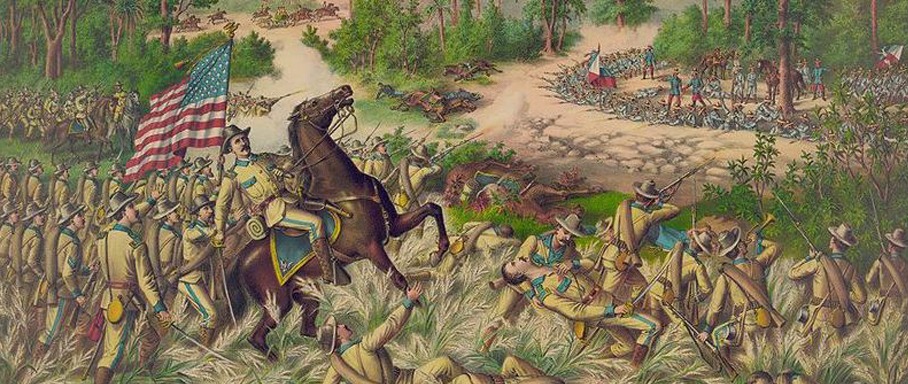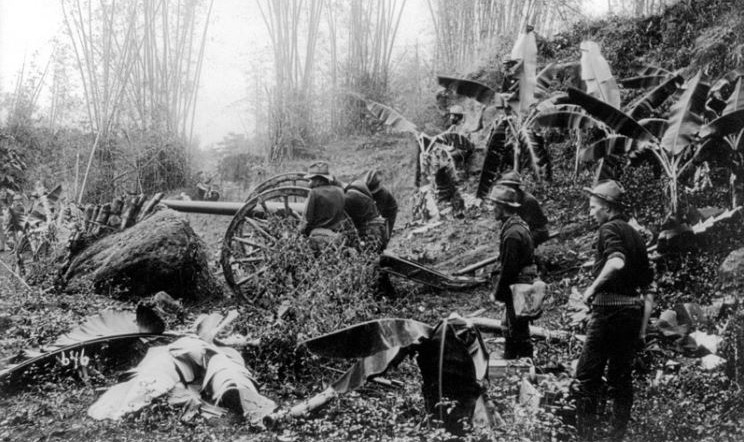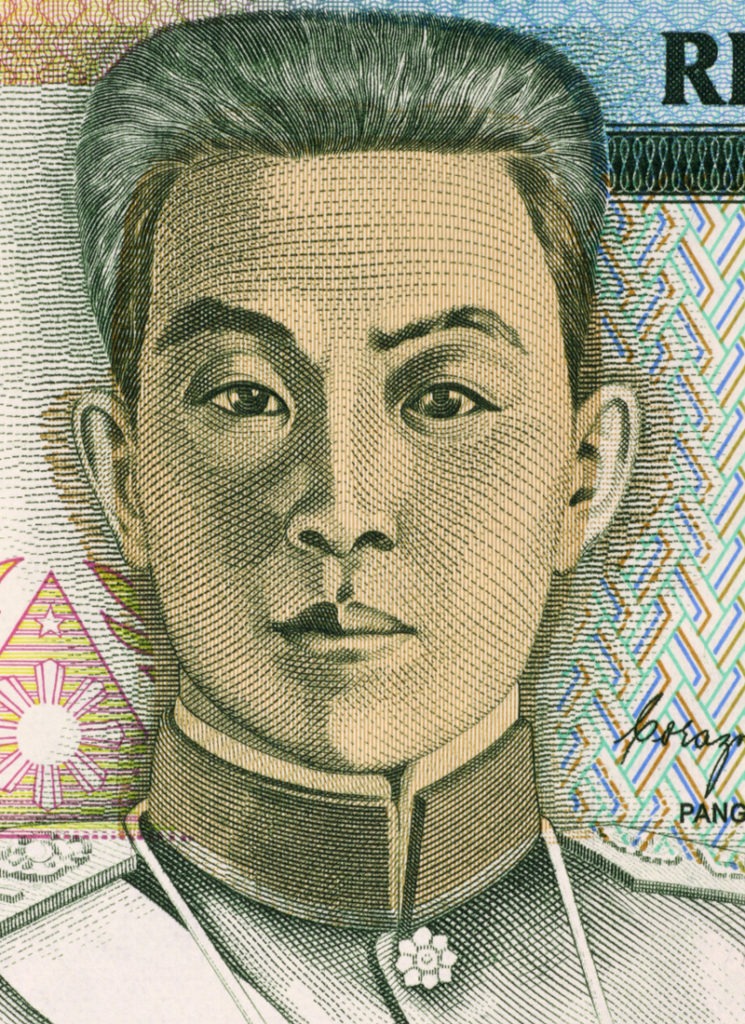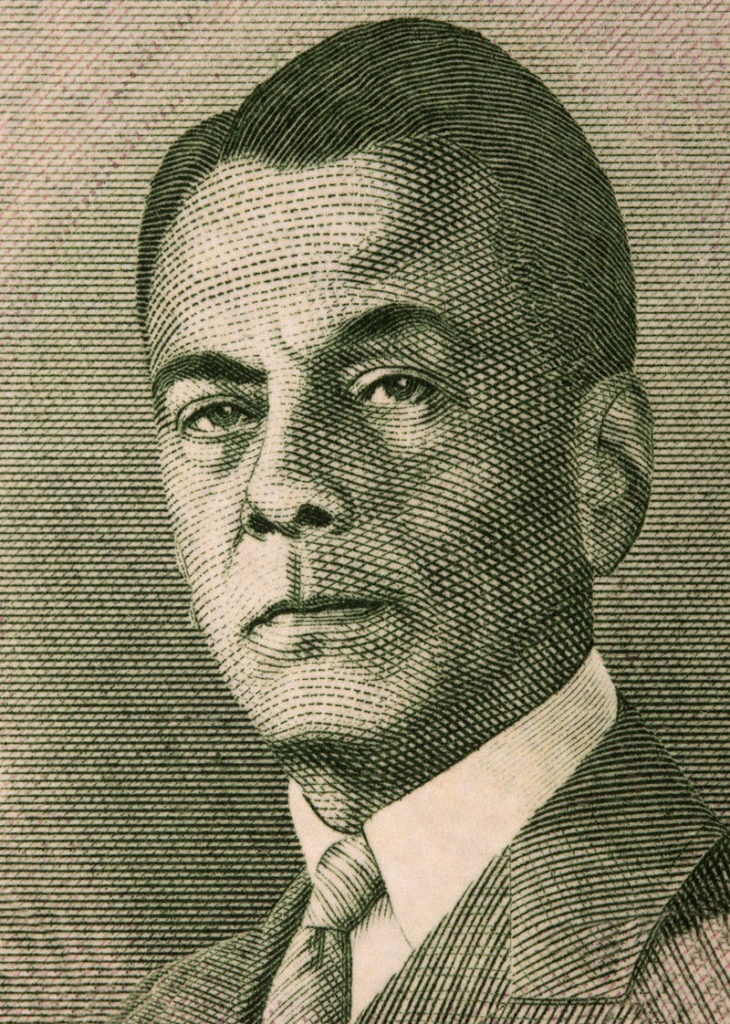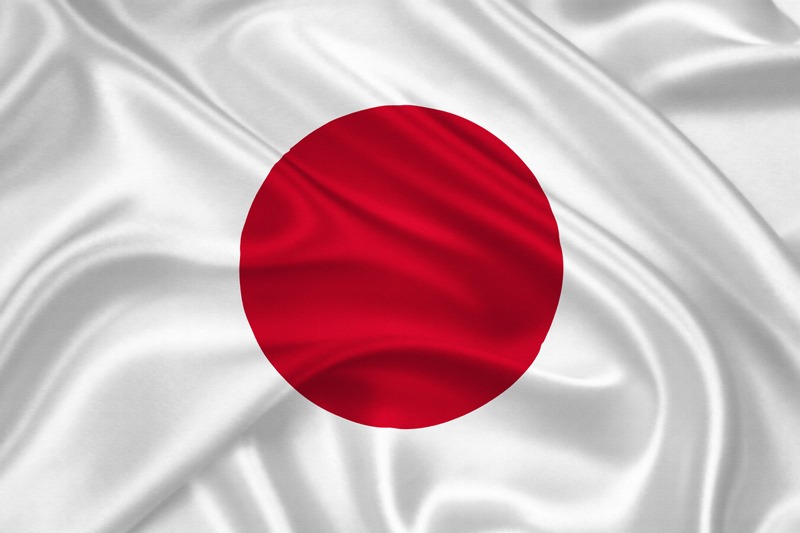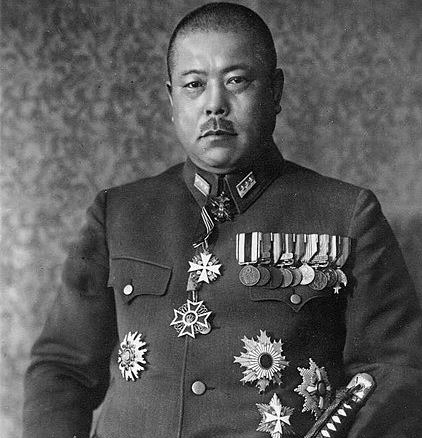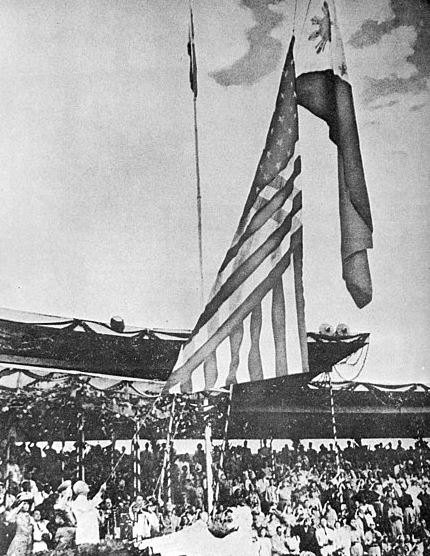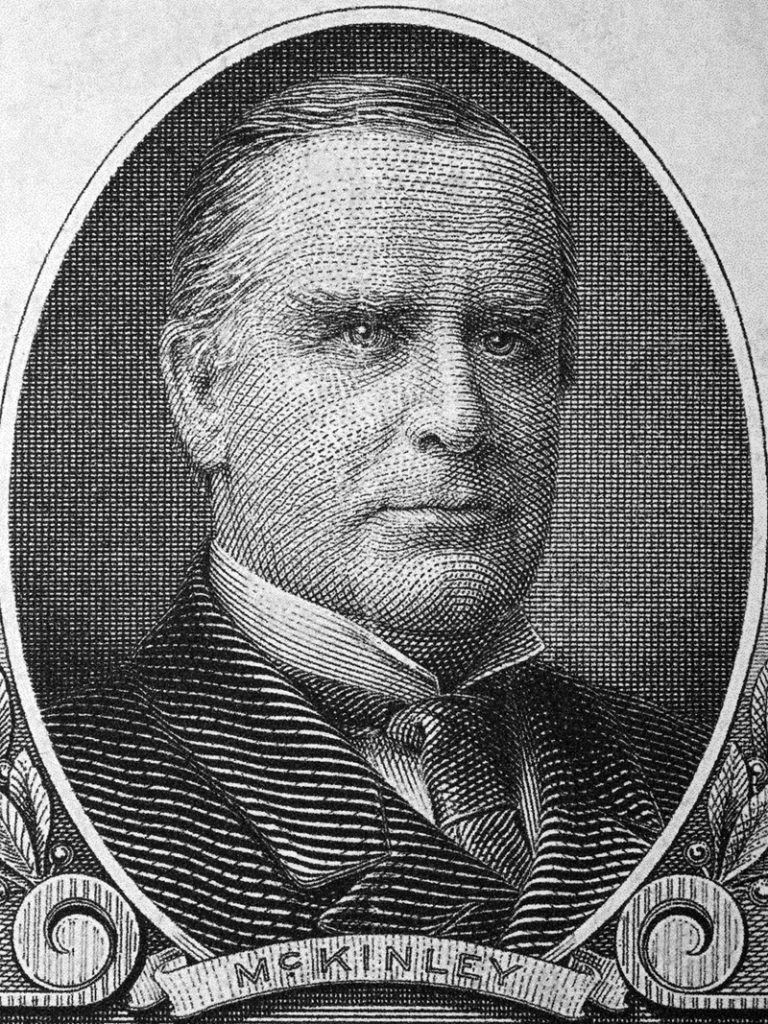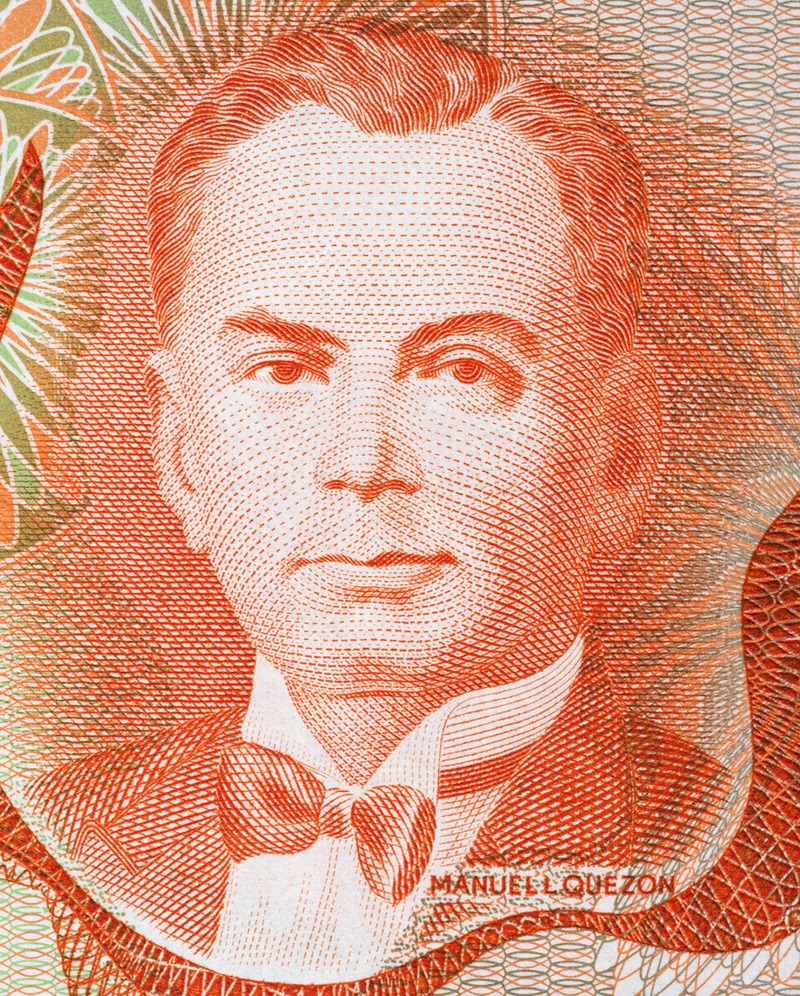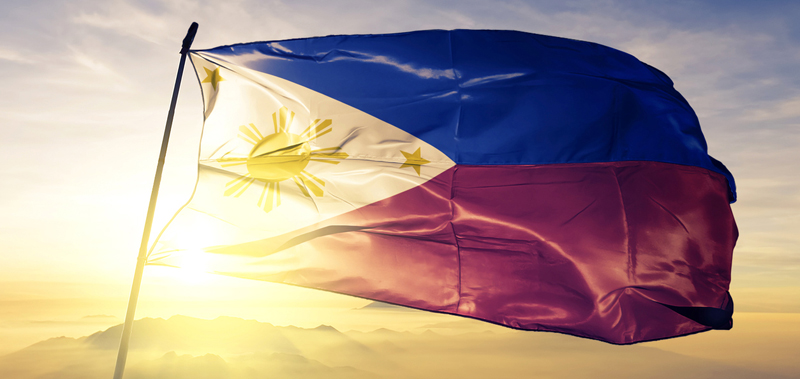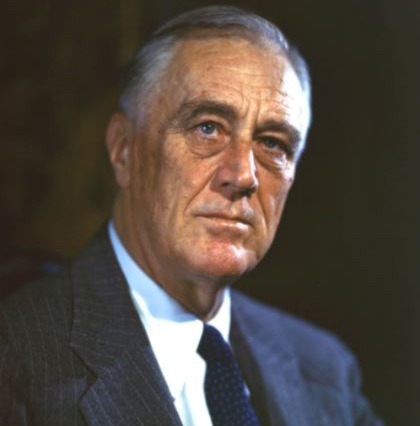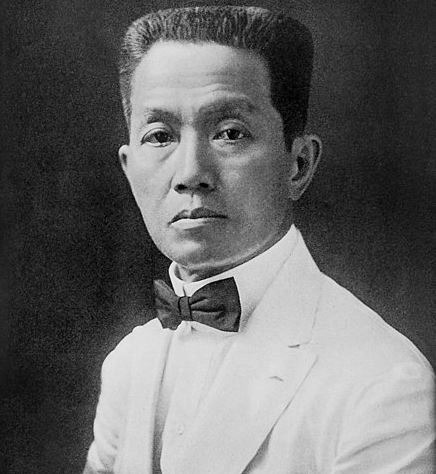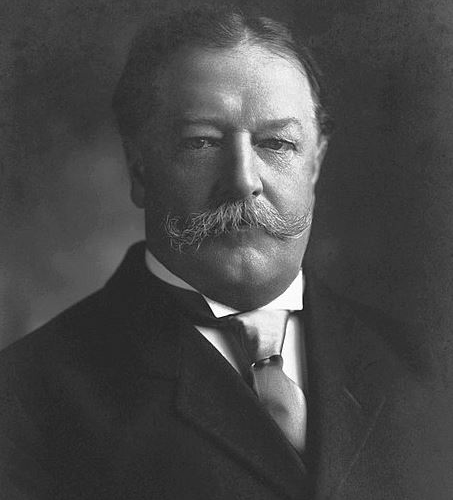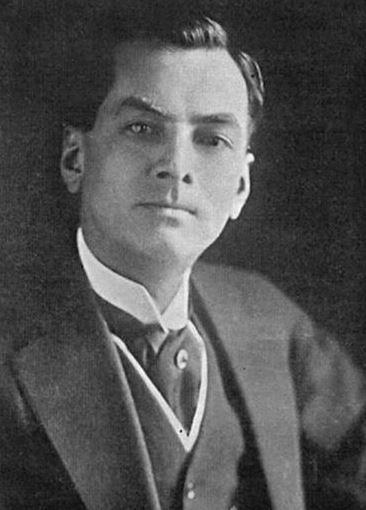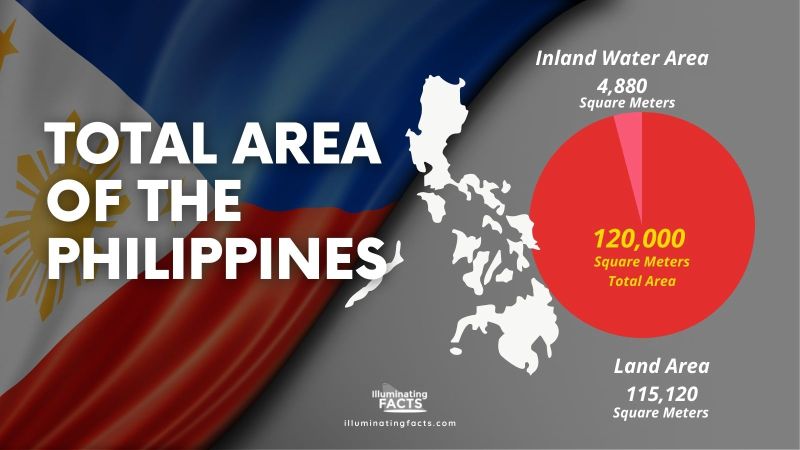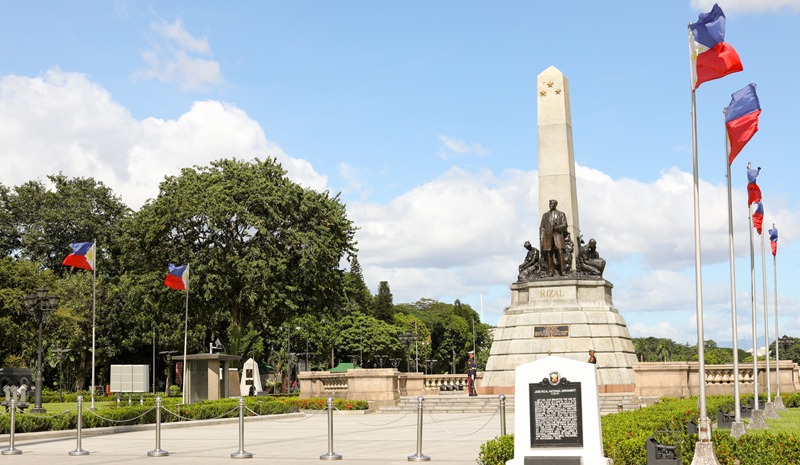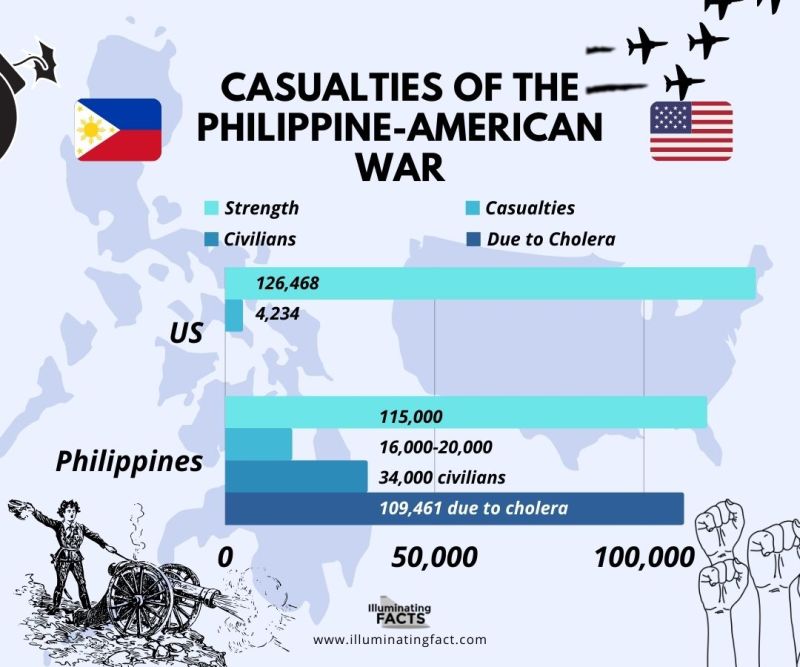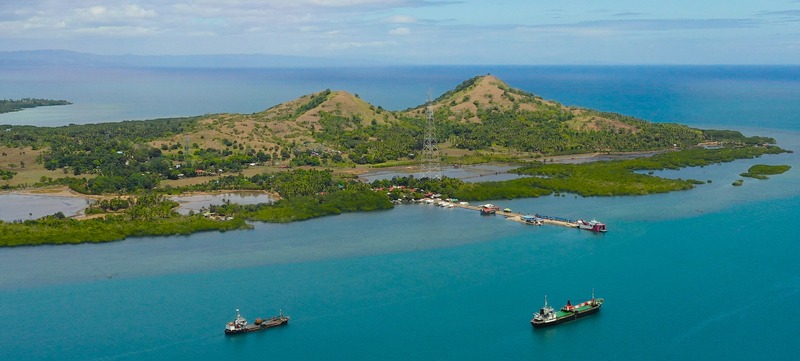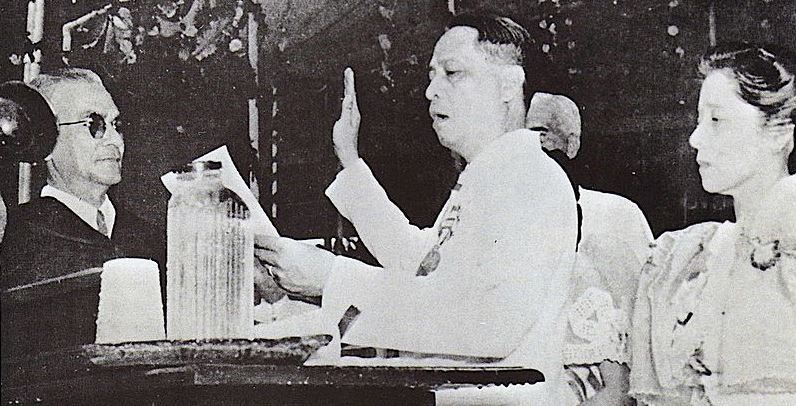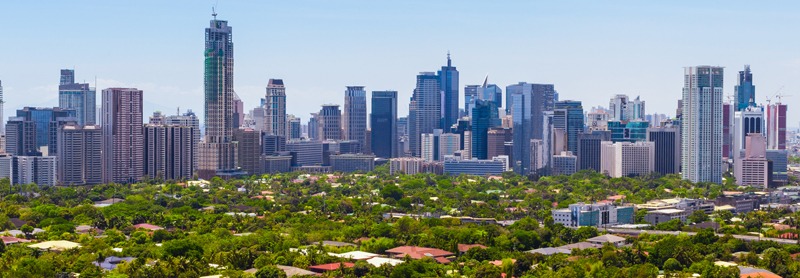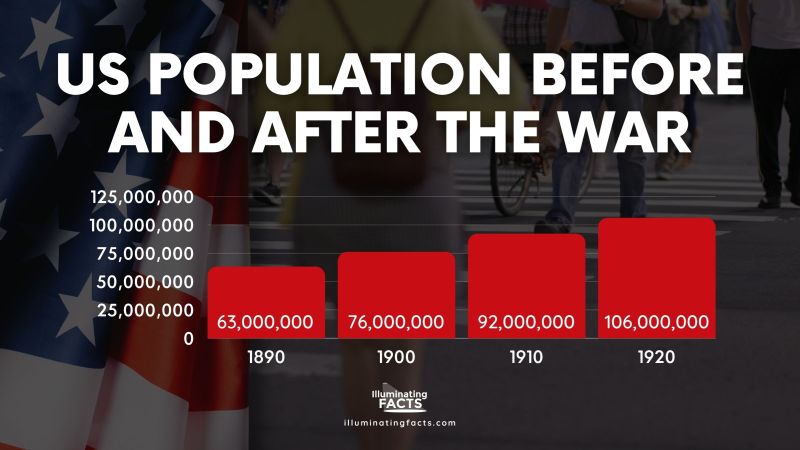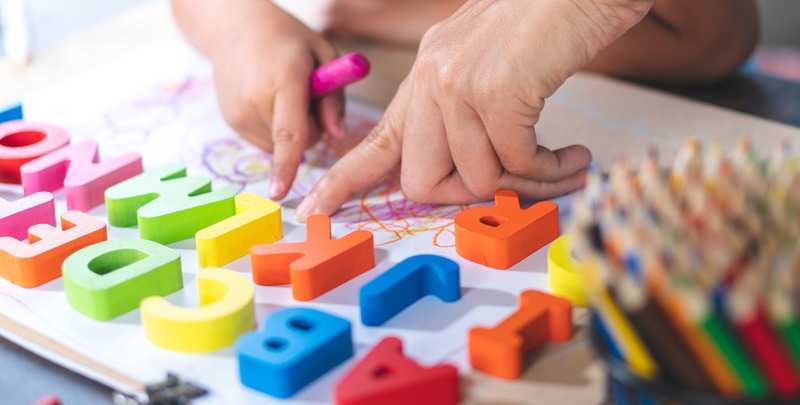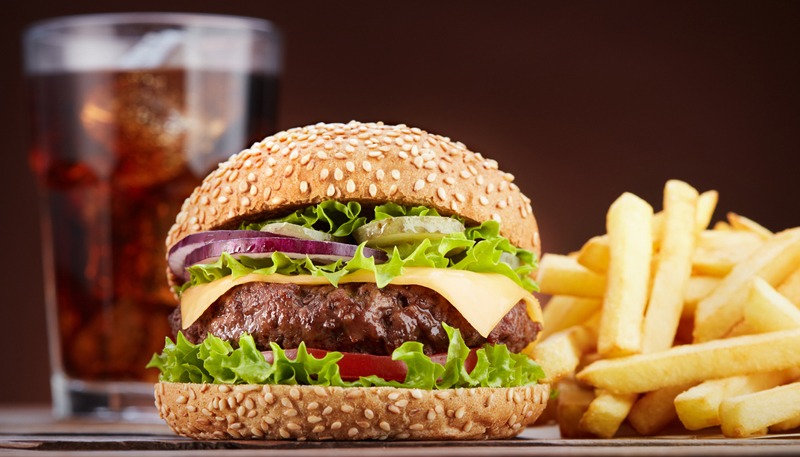Background
The Philippines is widely known for its tropical islands and rich culture influenced by foreign countries. One country that significantly impacted Philippine culture is the United States, which reigned during the early 20th century. The American conquest has been one of the most well-known events in Philippine history – popularly known as the Philippine-American War.
The Philippine-American War proved to be a significant part that helped develop the Philippine culture. If you want to learn more about how this event shaped the Philippines, continue reading. In this article, we will dig deeper and explore the fascinating facts about the Philippine-American War.
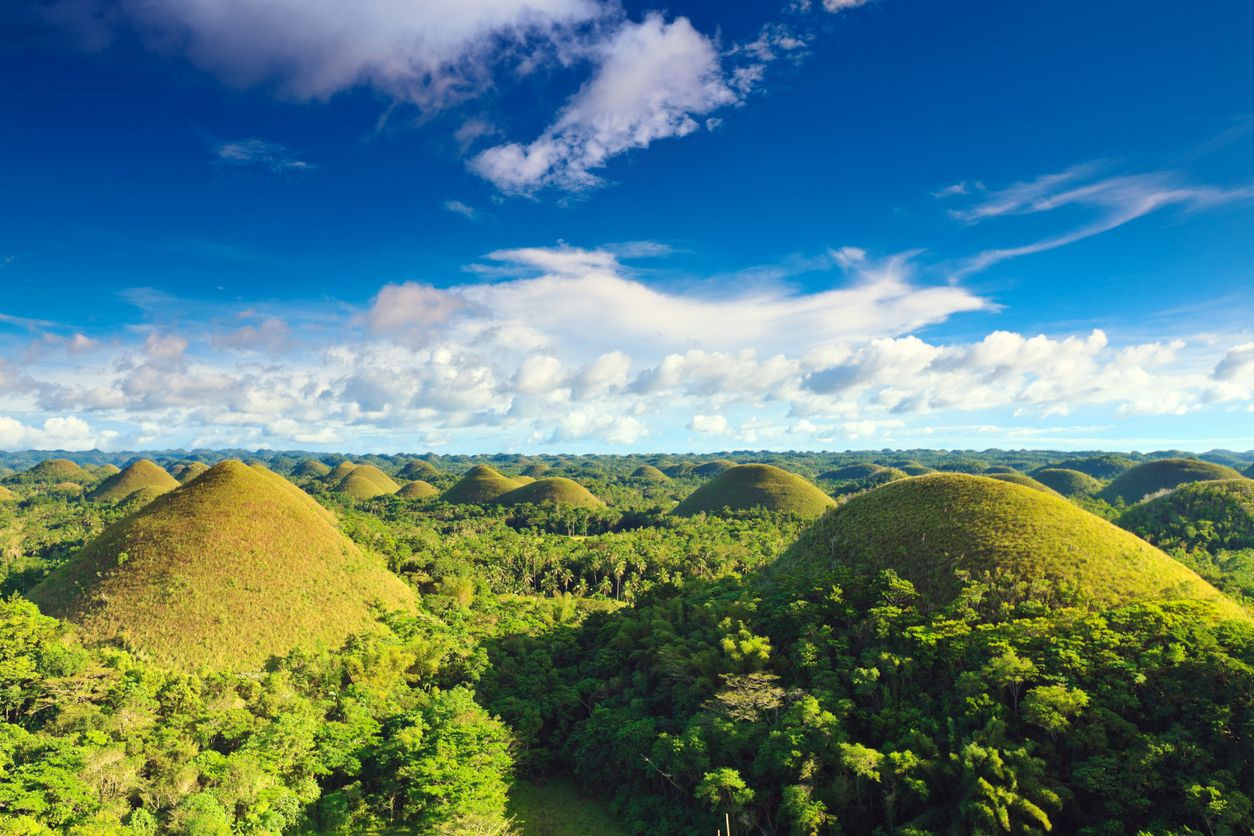
An image of the Chocolate Hills
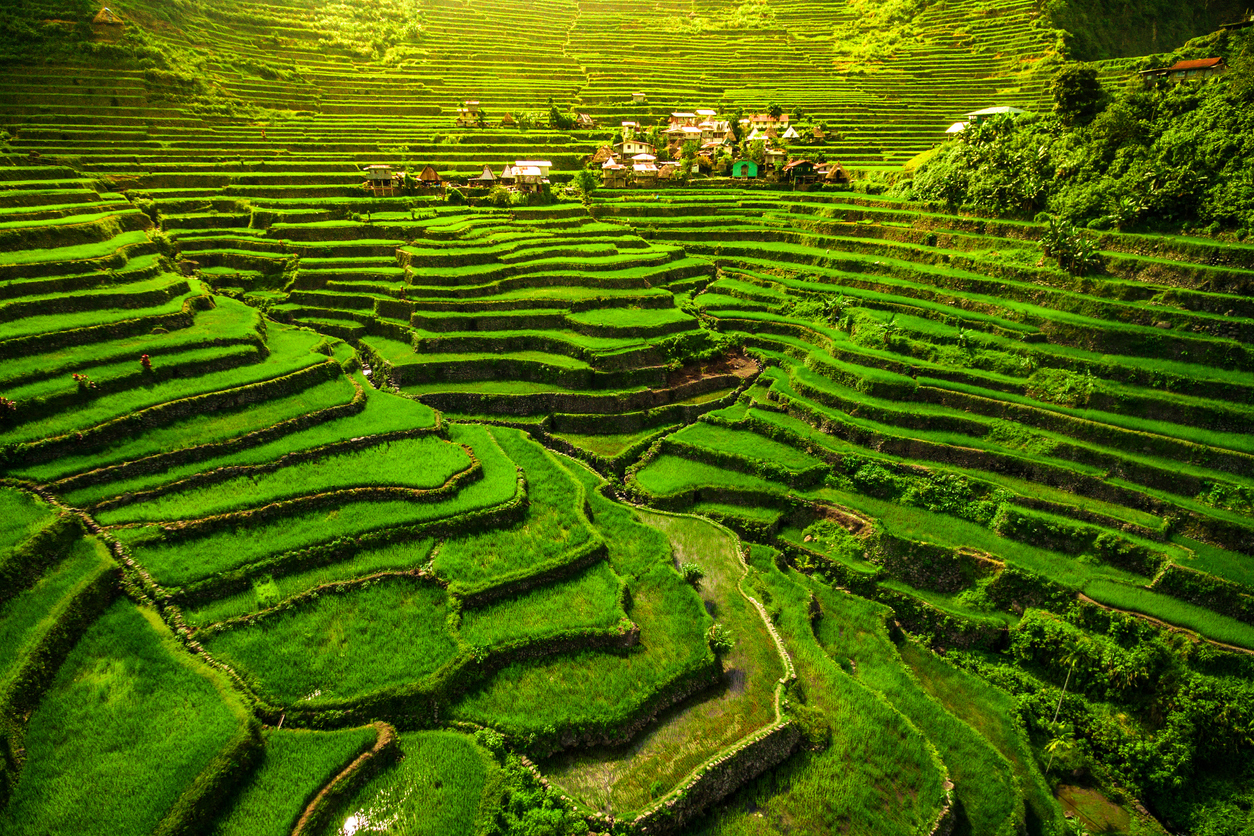
Rice Terraces of the Philippines
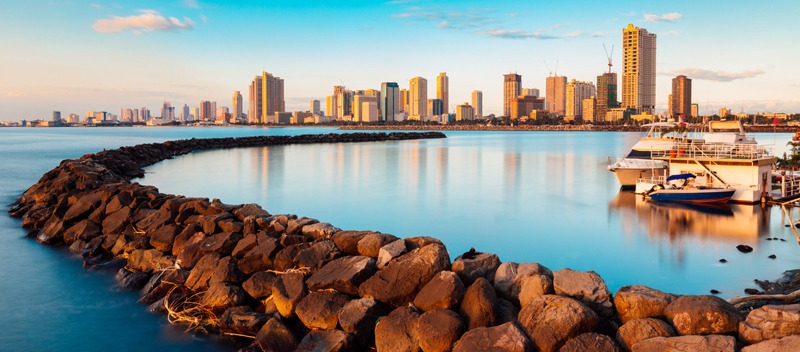
Skyline of Manila City and Manila Bay
A Brief History of the Philippine Conquest
If you have ever heard of Balut, a steamed fertilized duck egg, then it might bring to mind the country of the Philippines. The Philippines, also known as the spice island, comprises 7,107 islands with three geographical areas: Luzon, Visayas, and Mindanao. Today, it is a democratic country with complete government departments, and the smallest political unit is the barangay, known initially as balangay. Balangay is a term for the sailboats that Malay brought, and the chief of the ship was commonly known as Datu.
In 1521, the Spaniards and Ferdinand Magellan discovered the country. Initially, it was designated Las Filipinas and named after King Philip II of Spain. As you may know, Spaniards brought the widely known Catholicism and the tormenting memory of their colonization. Their very first settlement was in Cebu in 1565, led by Spanish explorer Miguel López de Legazpi. It was 333 years of being in distress before the country was finally freed. Through the Treaty of Paris, Spain surrendered to the U.S. the following: Cuba, Puerto Rico, Guam, and the Philippines for twenty million dollars.[1]
source: Perley Fremont Rockett, Public domain, via Wikimedia Commons
When Spain finally relinquished the Philippines to the U.S., Filipinos acquired independence. Yet, the U.S. did not acknowledge the claim, and it turned out that country was still captive to foreign hands. Emilio Aguinaldo, former president of the Philippines, declared war against the U.S. after the morning of some Filipinos’ dismay at the boundaries of Manila.[2] In March 1900, William McKinley ordered a civil government for the Philippines by appointing William Howard Taft. Now, that made Aguinaldo’s governance disregarded. After a long road of striving, on July 4, 1946, the Philippines finally achieved independence from the control of the U.S. Eventually, President Diosdado Macapagal moved it to June 12, and it is celebrated yearly today.
The Guerilla Campaign
The term, Guerilla, came from the Spanish word ‘guerra’ or war. It may sound intimidating, but initially, its goal was to correct the false governance of a particular occupation. The said campaign, Guerilla warfare, is a movement against an orthodox military force. During World War II, it became widely influential when Josip Broz Tito’s communist members fought against armies in Yugoslavia. At the same time, the communists and non-communists fought against the German and Japanese opponents.[3]
Meanwhile, in the Philippines, Aguinaldo did not like the sovereignty of the U.S. It was like the country was not yet entirely free from conquerors after the reign of the Spaniards. With that, some Filipinos chose to get involved in a guerilla campaign in 1899. The great insurrection happened in North Luzon, where Aguinaldo and his fellowships were situated. The U.S. Brig. Gen. Frederick Funston found their location and hunted them with the help of Macabebe scouts, who had transferred their allegiance from the Spaniards to the Americans. In misfortune, Aguinaldo was captured and surrendered to them, but some guerilla members were still around.
Due to exhaustion, revolutionary Gen. Miguel Malvar surrendered with his men at Batangas. Some wandering guerillas were considered bandits. Simeón Ola was the last general who surrendered to the U.S. Army, while Macario Sakay, a former Katipunan member, and his men were the last captured resistance members in 1906.
Tydings-McDuffie Law
Before experiencing sweet victory, the Philippines bore a long time of striving for democracy. Under the Jones Law, initially known as the Philippine Autonomy Act of 1916, the U.S. would let the country stand on its own if it was already capable of doing so.
Manuel L. Quezon, one of the influential political leaders, endorsed changes through a new Philippine independence bill to America’s President Franklin D. Roosevelt, and the United States Congress. But the president only agreed to minimal changes. Not long after, Roosevelt signed the Tydings-McDuffie Act on March 24, 1934, with the approval of the Philippine Senate on May 1. The Tydings-McDuffie Act of 1934 Philippine Independence Act provides complete independence for the Philippines, and it should be effective on July 4, 1946, after the ten-year transitional period.
During the transitional period, the Philippines were required to prove they were able to stand on their own by fixing the major agrarian and labor problems because the country was economically dependent on the U.S. In this period, the Philippines Army was formally formed along with the government enterprises.[4]
The Sudden Emergence of Japanese Occupation
While the Tydings-McDuffie Law was under experiment, World War II had reached the Philippines. On July 26, 1941, The U.S. Armed Forces in the Far East (USAFFE) were created due to an impending attack from Japan. Roosevelt had also issued a Presidential Order, the Philippine Commonwealth Army, but not every military force was mandated to join. The only ones allowed were those with an integral part and included in the order from the general officers of the U.S. The group consisted of about 100,000 Filipinos and 20,000 American soldiers. Their mission was to delay actions in Manila Bay.
source: Unknown Japanese Army Photographer, Public domain, via Wikimedia Commons
On December 8, 1941, the Japanese finally invaded the territory. These conquerors intended to strike Pearl Harbor and get control of the natural oil of Southeast Asia, the Dutch East Indies. With that, the USAFFE failed and did not receive a rescue. In 1942, the conjoint soldiers surrendered and experienced painful suffering. When the grim events of the Bataan Death March happened, thousands had died due to exhaustion and starvation on the 65 miles of the walk under the scorching daylight sun. On August 15, 1945, Japan had finally surrendered and accepted the Allied terms. It was said that Japan stepped back when the Soviet Union entered the war and were threatened by nuclear weapons.
The aftermath of the war in the Philippines is unfathomable. Many Filipinos see it as a nightmare in history. But after all the endurance, the big day finally came. On July 4, 1946, a number of guests assembled at the Luneta Park – Quirino Grandstand or Rizal Park in Manila. McNutt, the emcee of the ceremony, had read President Harry Truman’s Proclamation of Independence, which stated that the U.S. had finally withdrawn all its possessions in the country. The flag of America was finally been pulled down, and the flag of the Philippines was finally raised solemnly.[5]
Timeline of Philippine-American War
1898: Spain ceded the Philippines
source: Barbudo Barbudo, CC BY-SA 4.0, via Wikimedia Commons
Spain colonized the Philippines together with other countries like Cuba, Puerto Rico, and Guam from 1565 to 1898. It all started when the Spaniards sailed westward across the Atlantic Ocean.[6] Spain caused wide destruction to the territory of Cuba, and it affected trading with the U.S. With that, the U.S. declared war against Spain. On February 15, the battleship U.S.S. Maine sank in Havana harbor. Yet, eventually, through the Treaty of Paris, Spain surrendered the islands earlier together with an exchange of twenty million dollars.
1901: The U.S. Civil Government in the Philippines
After the Spaniards left the country, the U.S. announced changing its military government into a civil government. During the year, the Spooner Amendment was signed on March 2, 1901, and it was a step forward for the completion of a civil government in the Philippines. William H. Taft was appointed as the first civil governor by President William McKinley.
1934: The Independence Act by Manuel Quezon
U.S. President Franklin D. Roosevelt signed President Manuel Quezon’s proposal of the Tydings-McDuffie act to be effective on July 4, 1946. In this act, the Tydings-McDuffie law, the Philippines had ten years to fix some economic problems, specifically agrarian and labor. In 1935, the inauguration of the Commonwealth government happened under the presidency of Quezon.[7]
1941: Japanese Occupance in the Philippines
source: NARA, College Park, MD., Public domain, via Wikimedia Commons
In 1941, Tyding-McDuffie experienced massive hampering from the Japanese colonizers. It was also when World War II reached the Philippines. Japanese colonizers seized natural oil, so they bombed Pearl Harbor and captured the estimated military force of 100,000 Filipinos and 20,000 American soldiers.[8] The Bataan Death March happened, and many died due to starvation and exhaustion. Finally, on August 15, 1945, Japan surrendered and accepted the Allied terms.
1946: Independence Day of the Philippines
Due to the mishaps in the country, a lot of damages and outcry have happened. Yet, the hope in their hearts never faded away. That is why Filipinos are known for being happy despite experiencing many devastating events. While waiting on the Fourth of July, so many preparations happened, establishments’ façades were decorated, and joyous parades were everywhere. On the day itself, Filipinos and invited foreign attendees gathered at Luneta or Rizal park to declare Philippine Independence. After all, under the presidency of Manuel Roxas, the Tydings-McDuffie law was finally granted and was signed by President Harry Truman.[9]
Key Persons
Franklin D. Roosevelt
Franklin D.Roosevelt, or FDR, was born on January 30, 1882, and died on April 12, 1945, at the age of sixty-three. He was the 32nd President of the United States and the only President elected for four terms. His achievements were remarkable, like when he had ended both German National Socialism and Japanese militarism. World War II and the Great Depression occurred during his time in office and caused massive damages to different countries.[10] He signed the bill on March 24, 1934, making the Philippine Independence act possible.
Emilio Aguinaldo
Emilio Aguinaldo was the first president of the Philippines under the Malolos Congress. He was born on March 22, 1869 and died on February 6, 1964. He fought for the Independence of the Philippines against Spain and the U.S. In 1897, he signed an agreement on the Pact of Biak-na-Bató, which meant he was exiled and sent to Hong Kong. On May 19, 1898, he returned to the Philippines by making amendments with representatives of the American consulate and Commodore George Dewey.[11]
William Taft
He was the 27th President of the U.S. He was born on September 15, 1857, and died on March 8, 1930. On March 15, 1900, he accepted McKinley’s offer as chairman of the Second Philippine Commission. He was recognized as an excellent executive and administrator, and with that, in 1901, he became the first civilian governor of the Philippines. Roosevelt offered him a place in the Supreme Court, but he refused twice because of being intact with the warmth of Filipinos.[12]
Manuel Quezon
Manuel Luis Quezon y Molina was the first president of the Philippine Commonwealth. He was born on August 19, 1878, in Baler, Philippines, and died on August 1, 1944, at Saranac, New York. Quezon was the independent leader during the time the U.S. governed the Philippines. He was the one who endorsed the Tydings-McDuffie law in the Second Congress with Roosevelt. Moreso, one of his great actions was when he did not hesitate to accept 1,200 Jewish refugees from Germany and Austria.[13] On February 26, 1958, Israel and the Philippines signed the Treaty of Friendship for diplomatic relations.
Key Places
Total Area of the Philippines
Malolos
Malolos city is situated in South-Central Luzon, Philippines. In 1899, Emilio Aguinaldo announced a republic there, which was not acknowledged by the U.S. It was in the revolutionary capital where Aguinaldo placed his headquarters, and the insurgent Congress conducted the Malolos Constitution at Barasoain Church. Marketers of rice and vegetables continue to be in this town to sell, and this place is still is actually rich in fishpond areas.
Manila Bay
Manila Bay is one of the world’s excellent harbors, with 770 square miles and a 120-mile circumference. The Manila Bay battle succeeded through the commands of Commodore George Dewey as the U.S. fleet bombed the Spanish fleet on May 1, 1898. The result was a death toll of about 370 Spanish troops and less than ten casualties on the American force’s side.[14] Later on, Spain finally freed the Philippines through the Treaty of Paris and the exchange of twenty million dollars. Today, it is scene-worthy to unwind and watch the sunset at Manila Bay.
Luneta
Luneta, much known as Rizal Park, is one of the historical places in Manila, Philippines. It is here that Jose Rizal’s execution took place on December 30, 1896. Fun fact, its name Luneta came from the French word, Lunette which means a crescent-shaped fort. Originally, Bagumbayan, or the new village, was the name of this place. More than that, this is where the flag of the Philippines was raised high, and the flag of America taken down. This even happened when Philippine Independence became fully granted on July 4, 1946, under the Philippine presidency of Manuel Roxas.
Casualties of the Philippine-American War
Figure 1: Total of Dead and Wounded American and Filipino from 1898-1902[15]
Political Effects
On July 4, 1946, after the challenging years of working out the Tydings-McDuffie law, battling the terrifying Japanese occupation while in World War II, the Philippines finally reached independence from the United States’ governance in 1898. With that, the Philippines was free of America’s control of the country and its territories.
source: Malacañang Palace archives, Public domain, via Wikimedia Commons
Since the inauguration of Philippine Independence, the third republic has started. In Roxas’ statement at his first State of the Nation Address in 1946, “without financial means to support even its basic functions.”[16] After the detachment from the U.S., it meant the Philippines needed to start from the bottom to re-establish the country’s pride. President Roxas formed the government from every piece of it. As an answer to the widespread dilemma in socio-economy, the Rehabilitation Finance Corporation was built.
The Rehabilitation Finance Corporation of 1947 was established by the Philippine Congress, with a capital of P101,276,523.88 to empower the country’s economy. Its investments were allocated to agriculture, industries, real estate, provincial and local governments, back pay certificates, and financial companies.[17]
Next was the rehabilitation of the Department of Foreign Affairs and the organization of the foreign service or Executive Order No. 18, s. 1946. Its duties were related to Foreign policies and relations, negotiation of treaties, conventions, administration abroad of the citizenship, immigration, and navigation laws of the Philippines, protection of Filipino citizens, ambassadors, ministers, and other diplomatic officers and consuls, and the relations to other states and international organizations.[18] Some organizations were the United Nations Educational, Scientific and Cultural Organization (UNESCO) and the World Health Organization (WHO).
Due to the massive destruction from past wars, the country was facing an undeniable budget shortage. So, Roxas reconciled the problem through the amendment of the 1935 constitution, or the Bell Trade Act. Here, in exchange for the fund support, the amendment would let the Americans use the country’s natural resources. Eventually, the amendment was approved with 432,933 on March 11, 1947. With that, the Philippines received $620 million.[19]
Cultural Effects
US Population Before and After the War
Philippine Population After the War
The U.S. traces were undeniably visible in the way of Filipinos’ daily life. The most known influence is their language, English which is widely familiar to general Filipino citizens. Looking back, there were also cultural effects of the U.S. occupation on the Philippines.
Education
Education is one of the keys to a successful career. In the Spanish era, the Ilustrado, or elite people, were the only ones privileged to get an education. When the U.S. arrived in the country, the education system opened up and gave the opportunity to attend school to every Filipino.
Since then, the three basic education levels exist. The first one, the primary level, consists of four prior years and three intermediate years. The secondary level, mainly known as high school, is four years. The third or tertiary level is college, wherein students choose their preferred course for their future careers.
Those who were excellent or outstanding students, or scholars, had opportunities to study abroad and were given an allowance budget by the U.S. government. Some of the U.S. scholars were Judge José Abad Santos, Francisco Benitez, Dr. Honoria Sison, and Francisco Delgado.
Today, there are many schools everywhere although there are still some areas where Filipinos have a hard time attaining education. Some of the known schools that already exist are the Philippine Normal University, Silliman University, Cebu Normal School, West Visayas State University, Western Mindanao State University, National University, University of Manila, Philippine Women’s University, Far Eastern University, and many more.
There are also some vocational schools, especially for the rural areas like the Technological University of the Philippines from 1901.[20]
English Proficiency
Although based on the Monroe Survey, Filipino students in the 1920s lacked English comprehension, Filipinos nowadays are among the top-notch speakers of the language. Mastery and familiarity have grown throughout the years, probably because the mediums, instructions, and media channels are generally spoken and written in English. It is also an advantage for the Overseas Filipino Workers (OFW) to communicate effectively with the foreign company they work with and workmates.
English is part of all Filipinos’ daily habits. There is even a colloquial term, “Taglish,” because the two different languages frequently mix during discourse or just casual talk. It is like it will never get rid of every Filipino’s language on their lips. In fact, in 2013, the Philippines ranked 13th in the EF English Proficiency Index. But for some reason, it dropped in spots until it became 27th in 2020. Despite the continuous decline, the country remains in “high proficiency” and is actually the second-highest among the countries of Asia.[21]
Clothing Style
Fashion is not just a trend or a fad. It is a representation of cultures and the backstory of a certain race. In the Philippines, different colonizers have undeniably affected the country’s culture, particularly in clothing. But apart from the other traces, American fashion was one of the biggest influences in the past and still is today. Some of their fashion statements include belts, Polo shirts, short skirts/dresses, bonnets/hats, high heels, pantyhose, and make-up.
Western influence encouraged Filipino women to wear loose dresses and knee-length skirts as well as suits and coats for men. The “terno” or paired shirt and pants/skirt style was also prominent before.[22] Some are still dressing in this way today, but this generation is quite experimental and liberated, so any paired clothes are possible and unpredictable.
Food
If you have tasted the timeless hamburger, well, in the Philippines, it was an influence that originated from the U.S. occupation. Just like the fashion industry, foods in the country were also a mix of different past cultures. Some of the most influential foods from the U.S. are hamburgers, sandwiches, oatmeal, ketchup, chewing gum, hot dogs, steak, and ice cream.
The American food influence is not that big, but the remarkable one that has brought a choice of dining the addition of fast-food chains.[23] Some of the U.S. prominent fast foods in the Philippines are Subway, McDonald’s, Dunkin’ Donuts, Pizza Hut, Burger King, Wendy’s, Domino’s, KCF, etc.[24]
Philippine-American Relationship Today
The 1951 U.S.-Philippines Mutual Defense Treaty tied the two nations since WWII began. With this treaty, the country’s security is guarded and has a foundation. More than that, Filipinos and Americans have been visiting each other’s countries through programs like the International Visitor Leadership Program and Kennedy-Lugar Youth Exchange and Study program. In fact, there are about four million Philippine ancestries in the U.S. and 350,000 U.S. citizens in the Philippines.[25]
Since the declaration of Philippine Independence in 1946, the U.S. is still supporting the country’s growth. As relief assistance, the U.S. gave $143 million to the victims of typhoon Yolanda in 2013 and $60 million for Marawi siege humanitarian assistance in 2017. Looking back at Roxas’ administration, the extreme socio-economic situation was evident. Yet, after a long run of partnership, the U.S. became the country’s third-largest trading partner with the bilateral Trade and Investment Framework Agreement of 1989 and a Tax Treaty.[26]
On March 26, 2021, the Republic of the Philippines and the United States of America celebrated their 75th year of diplomatic relationship since 1946. Along with the celebration, the two countries also commemorated their 70th anniversary of the Mutual Defense Treaty for security operations.[27]
20 Interesting Facts About the Philippine-American War
- The death toll from the Philippine Guerilla War was an estimated count of 20,000 and more than 200,000 civilians due to hunger and disease.[28]
- Some American Anti-Imperialist League members included social reformer Jane Adams, industrialist Andrew, philosopher William James, and the famous author, Mark Twain.[29]
- Gregorio del Pilar was the youngest general at the time of the Philippine-American War and died at the Tirad Pass battle at the age of twenty-four.[30]
- Antonio Luna was the commander of the Philippine Military but was abruptly found dead, and the rebel capital, Malolos, was discovered by the U.S. army.[31]
- Macario Sakay was a confidante of Bonifacio and the last to surrender to the U.S. army. He died on Sept. 13, 1907, imprisoned and hanged at Old Bilibid Prison in Manila.[32]
- The first Philippine flag was designed by Emilio Aguinaldo and sewn by Dona Marcela Marino de Agoncillo, her daughter Lorenza, and Mrs. Delfina Herbosa de Natividad.[33]
- On May 12, 1962, President Diosdado Macapagal moved the celebration of the Philippine Independence to June 12 to recognize Aguinaldo’s announcement in 1898. The act happened through Republic Act No. 4166.
- The establishment of the Central Bank of the Philippines started in Roxas’ administration through Republic Act No. 265.
- In 2013, the Philippines ranked 13th on the English Proficiency Index.
- About 650,000 U.S. citizens visit the Philippines each year.[34]
- The “King of road” Jeepneys originated from the Willys jeeps of America in WWII. When the Americans left, Filipinos remodeled it and extended it to accommodate a dozen passengers.
- The U.S. is one of the largest investors in the Philippines.
- About six hundred Thomasites or American soldiers arrived in the Philippines to teach students during the U.S. occupation.
- Dr. George T. Yang brought the first McDonald’s franchise to the Philippines in 1981 and located it in Morayta, Manila.[35]
- President Aguinaldo was the first to wave the Philippine flag at Kawit, Cavite, on June 12, 1898.[36]
- Filipinos were the first Asians to arrive in the U.S., and it was at Morro Bay, California.[37]
- Filipino-Americans share great enthusiasm and passion for performance. Some famous artists are Bruno Mars, Vanessa Hudgens, and Apl.de.ap of the Black Eyed Peas.[38]
- The Blue, Red, and White colors of the country’s flag were initially dedicated as an acknowledgment to the U.S. for helping the Philippines oust the Spanish colonizers.[39]
- In 1988, October became National Filipino-American History month to recognize the first Filipino arrival in the U.S.[40]
- Filipinos are the largest group in Alaska, Hawaii, Idaho, Montana, New Mexico, Nevada, North Dakota, South Dakota, and West Virginia based on the Pew Research Center of 2020.[41]
Final Thoughts
The Philippines had gone through a lot of pain and tragedy from foreign hands. More than thousands have sacrificed their lives, and millions have been destroyed in the country’s territory. It was mind-boggling to remember that after the Spanish colonization, the Americans came next and held the country’s will. Yet, on the other side, their influences helped the Filipino citizens become established.
Since the official declaration of Philippine independence in 1946, the country has experienced starting from the bottom, but the U.S. assisted in defense and security, trade and commerce, and education. Until today, the two countries have diplomatic relations to ignite and help each other’s power. There were agreements and alliances, but that does not mean that the country is still under their supremacy.
Apart from governmental support, the civilization of Filipinos is also widely influenced by the Americans. Most notable and one of the essentials are the Jeepneys that they have left from WWII. Since then, it has become one of the Filipino’s classic transportation and source of living. It is also undeniable that they influenced most Filipinos’ fashion, and as mentioned earlier, it is not just a trend but a statement of yesterday’s story. In terms of food, western cuisine is almost everywhere as well as the fast-food chains the Americans brought first.
After everything that has been told, like how the old saying goes, there is always a light at the end of the tunnel. It means there is always hope and reconciliation and in every stumble, the country must stand again together with its fellow citizens.
References
[1] History.com Editors, 2021. Treaty of Paris ends Spanish-American War. History.com. Available at: Treaty of Paris ends Spanish-American War – HISTORY
[2] The Editors of Encyclopaedia Britannica, n.d. The End of Spanish Rule and the First Philippine Republic. Britannica. Available at: Philippine-American War | Facts, History, & Significance | Britannica
[3] Asprey, R. n.d. Guerilla Warfare. Britannica. Available at: guerrilla warfare | Facts, Definition, & Examples | Britannica
[4] Trota, R, 2021. July 4, 1946: The Philippines Gained Independence from the United States, 2021. The National WWII Museum. Available at: www.nationalww2museum.org
[5] Trota, R. 2021. July 4, 1946: The Philippines Gained Independence from the United States. The National WWII Museum. Available at: July 4, 1946: The Philippines Gained Independence from the United States | The National WWII Museum | New Orleans (nationalww2museum.org)
[6] Library of Congress, 2011. The World of 1898: The Spanish-American War. Library of Congress. Available at: Introduction – The World of 1898: The Spanish-American War (Hispanic Division, Library of Congress) (loc.gov)
[7] Editors of Encyclopaedia Britannica, n.d. Tydings-Mcduffie Act. Britannica. Available at: Tydings-McDuffie Act | United States [1934] | Britannica
[8] Gaerlan, C. 2021. Liberating the Philippines: 75 Years After. The National WWII Museum. Available at: Liberating the Philippines: 75 Years After by Cecilia Gaerlan | The National WWII Museum | New Orleans (nationalww2museum.org)
[9] Trota, R. 2021. July 4, 1946: The Philippines Gained Independence from the United States. The National WWII Museum. Available at: July 4, 1946: The Philippines Gained Independence from the United States | The National WWII Museum | New Orleans (nationalww2museum.org)
[10] Freidel, F. n.d. Franklin D. Roosevelt. Britannica. Franklin D. Roosevelt | Accomplishments, New Deal, Great Depression, World War II, & Death | Britannica
[11] Editors of Encyclopaedia Britannica, n.d. Emilio Aguinaldo. Britannica. Available at: Emilio Aguinaldo | Biography, Facts, Significance, & Spanish-American War | Britannica
[12] Editors of Encyclopaedia Britannica, 2021. William Howard Taft. Available at: William Howard Taft | Biography, Accomplishments, Presidency, & Facts | Britannica
[13] Tenorio, R. 2020, Little known Philippines’ WWII rescue of Jews was capped by US interference. The Times of Israel. Available at: Little known Philippines’ WWII rescue of Jews was capped by US interference | The Times of Israel
[14] Editors of Encyclopaedia Britannica, n.d. Manila Bay. Britannica. Available at: Manila Bay | Facts, History, & Map | Britannica
[15] Longley, R. 2015. Philippine-American War Causes and Consequences. Thoughtco. Available at: Philippine-American War: Causes and Consequences (thoughtco.com)
[16] 1946, PCOO. President Roxas on First State of the Nation Address, June 3, 1946. Official Gazette. Available at: President Roxas on First State of the Nation Address, June 3, 1946, | Official Gazette of the Republic of the Philippines
[17] PCOO, 1947. Remarks of President Roxas at the official opening of the Rehabilitation Finance Corporation, January 2, 1947. Official Gazette. Remarks of President Roxas at the official opening of the Rehabilitation Finance Corporation, January 2, 1947, | Official Gazette of the Republic of the Philippines
[18] PCOO, 1946. Executive Order No. 18, s. 1946. Official Gazette. Executive Order No. 18, s. 1946 | Official Gazette of the Republic of the Philippines
[19] PCOO, n.d. Third Republic. Official Gazette. Third Republic | Official Gazette of the Republic of the Philippines
[20] K12academics, n.d. Education in the Philippines during the American rule. K12academics. Available at: Education in the Philippines During the American Rule | K12 Academics
[21] CNN Philippines Staff, 2020. PH Slides to 27th Place in Global English proficiency rankings. CNN Philippines. Available at: PH slides to 27th place in global English proficiency rankings (cnnphilippines.com)
[22] Lee, G. 2018. Fashion State of the Nation. The Manila Times. Available at: Fashion state of the nation | The Manila Times
[23] Filipino Cuisine, 2021. Influence of Other Countries on Philippine Cuisine. Philippines Guide. Available at: Influence of Other Countries to Philippine Cuisine – Philippines Guide (philippinesinsider.com)
[24] QSR, 2019. The 32 Biggest Fast-food Chains in America. QSR Magazine. Available at: The 32 Biggest Fast-Food Chains in America | QSR magazine
[25] US Department of State, 2020. U.S. Relations with the Philippines. US Department of State. Available at: U.S. Relations With the Philippines – United States Department of State
[26] US Department of State, 2020. U.S. Relations with the Philippines. US Department of State. Available at: U.S. Relations With the Philippines – United States Department of State
[27] US Embassy Manila, 2021. Philippines and United States celebrate 75 Years of Diplomatic Relations. U.S. Embassy in the Philippines. Available at: Philippines and United States Celebrate 75 Years of Diplomatic Relations – U.S. Embassy in the Philippines (usembassy.gov)
[28] Editors of Encyclopedia Britannica, n.d. The Guerilla Campaign. Britannica. Available at: Philippine-American War – The guerrilla campaign | Britannica
[29] Editors of Encyclopaedia Britannica, n.d. Philippine-American War. Britannica. Available at: Philippine-American War | Facts, History, & Significance | Britannica
[30] Filipiknow, 2021. 11 Things You Never Knew about Gregorio Del Pilar. Filipiknow. Available at: Gregorio Del Pilar: 11 Interesting Facts About The “Boy General” (filipiknow.net)
[31] Editors of Encyclopaedia Britannica, n.d. The End of Spanish Rule and the First Philippine Republic. Britannica. Available at: Philippine-American War | Facts, History, & Significance | Britannica
[32] Jimenez, J. 2019, Macario Sakay and misinformation. The Manila Times. Available at: Macario Sakay and misinformation | The Manila Times
[33] Embassy of the Philippines, 2021. The Philippine flag. Republic of the Philippines. Available at: Flag | Philippine Embassy of Canberra Australia (philembassy.org.au)
[34] US Embassy Manila, 2021. Philippines and United States celebrate 75 Years of Diplomatic Relations. U.S. Embassy in the Philippines. Available at: Philippines and United States Celebrate 75 Years of Diplomatic Relations – U.S. Embassy in the Philippines (usembassy.gov)
[35] Employees at McDonald’s Philippines, n.d. McDonald’s Philippines (Golden Arches Development Corporation). Linkedin. Available at: McDonald’s Philippines (Golden Arches Development Corporation) | LinkedIn
[36] Republic of the Philippines, n.d. Philippine Flag. Philippine Consulate General, Sydney, Australia. Available at: Philippine Flag (dfa.gov.ph)
[37] Nadal, K, 2016. 15 Memorable Facts About Filipino-American History You Should Know. Buzzfeed. Available at: 15 Memorable Facts About Filipino-American History You Should Know (buzzfeed.com)
[38] Nadal, K, 2016. 15 Memorable Facts About Filipino-American History You Should Know. Buzzfeed. Available at: 15 Memorable Facts About Filipino-American History You Should Know (buzzfeed.com)
[39] Legaspi, J. 2021. 7 interesting Filipino-American history facts Pinoys should know. GMA News Online. Available at: #PINNED: 7 interesting Filipino-American history facts Pinoys should know | GMA News Online (gmanetwork.com)
[40] Legaspi, J. 2021. 7 interesting Filipino-American history facts Pinoys should know. GMA News Online. Available at: #PINNED: 7 interesting Filipino-American history facts Pinoys should know | GMA News Online (gmanetwork.com)
[41] Legaspi, J. 2021. 7 interesting Filipino-American history facts Pinoys should know. GMA News Online. Available at: #PINNED: 7 interesting Filipino-American history facts Pinoys should know | GMA News Online (gmanetwork.com)

